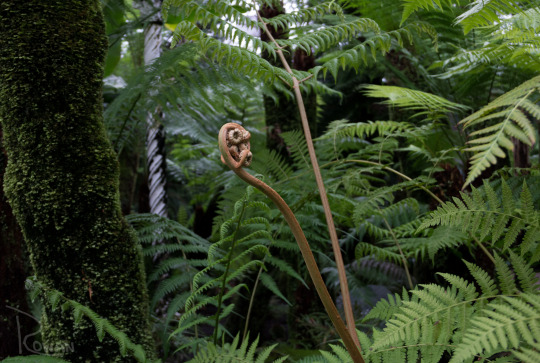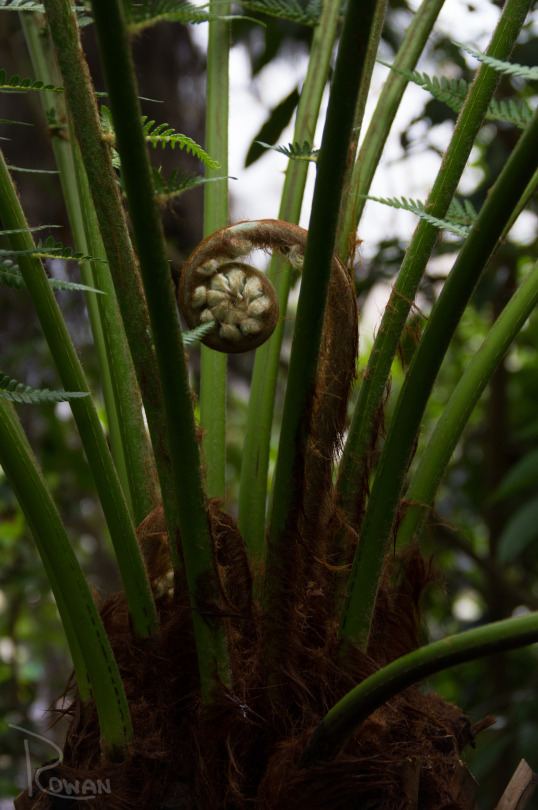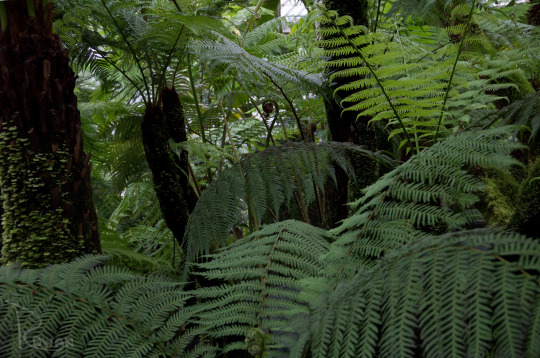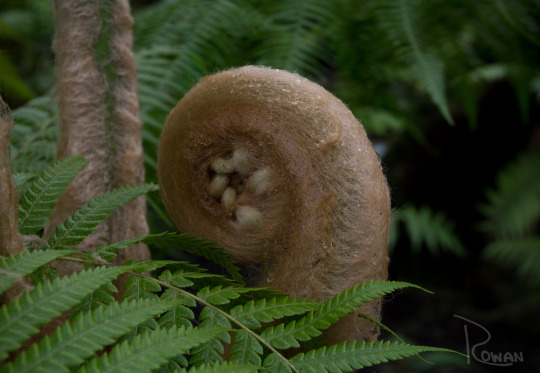#tree fern
Explore tagged Tumblr posts
Text




unwinding again
April 2024
#photographers on tumblr#original photographers#lensblr#nature photography#trees#plants#ferns#tree fern#spring#dark nature#aesthetic#forestcore#naturecore#glasgow botanic gardens
654 notes
·
View notes
Text










Plant of the Day
Tuesday 18 March 2025
This wonderful entrance building to the Royal Botanic Garden Edinburgh, Scotland, has a wonderful collection of tree ferns which greet visitors on their arrival.
Jill Raggett
#tree fern#fern#foliage#fronds#plants#horticulture#gardens#garden#botanic garden#botanic#Royal Botanic Garden Edinburgh#edinburgh#scotland
134 notes
·
View notes
Text

2024_01_05
123 notes
·
View notes
Text

Tree fern and shadows
38 notes
·
View notes
Text

Natural Tree Fern Leaf Fossil Pennsylvanian
#fern#plant fossil#fossil#fossils#fern fossil#leaf#tree fern#png#transparent#paleontology#prehistoric#plant
26 notes
·
View notes
Text
Original New Zealand Pokemon
Another post of Fakemon for my original Goorda region based on a combination of Australia and Aotearoa/New Zealand. I've given Australia much more focus so far, so I'm balancing things out by making more kiwi Pokemon. But not an actual kiwi Pokemon. I already did that one.

Tinamu, the Green Stone Pokémon, rock-type. These shy Pokomon live deep underground and are tended to by their parents. Their bodies are made of a rare and valuable green stone and they make their burrows near deposits of this stone. Miners looking to harvest this stone traditionally leave food for the Tinamu as a form of trade.

Tinamu evolves to Pouina, the Green Stone Pokemon, rock/ghost type. When a Pouina wraps its tail around its neck, it gains the power to see into the spirit world. The icon of a Pouina wrapped around itself is used as a symbol of harmony and connection to one's ancestors.

Pouina evolves to Mananamu, the Green Stone Pokemon, rock/ghost type. When a Mananamu ties its tail into a knot, it gains the power to walk between this world and the world of spirits. Legends say that in the past, war almost broke out between the living and the dead until a hero with a Mananamu calmed the ghosts. Since then, Mananamu have been used by psychics and shamans as messengers between worlds.
The Tinamu line are based on pounamu, several types of green stone found in Aotearoa that is culturally important to the Maori and is frequently seen carved into multiple symbols. I tried to work the carvings into the designs. They are also based on the Manaia, a legendary creature often depicted in pounamu carvings (I specifically took inspiration from this carving). The Manaia is a messenger between the human world and the spirit world and its symbol is used to ward off evil. It is often depicted with the head of a bird and the tail of a fish and is often depicted curled into a figure 8, which is where I got the idea of the Pokemon wrapping their tails around themselves. I also based Mananamu on a hadrosaur, specifically a Parasaurolophus, mostly because I thought it would be cool. Their names come form "tiny", "pounamu", and "Manaia"

Sprink: the Bungee Pokemon, normal-type. Sprink have long, prehensile tails that can extend to great lengths, then retract. They wrap their tails around tree branches and wit for bug Pokemon to pass beneath. Then, they jump, catch the bug, and their tails retract to pull Sprink back up with its prey. The sport of bungee jumping was inspired by Sprink.
Sprink is based on skinks, many species of which are native to Aotearoa, and bungee jumping, which (in its modern form) was invented in NZ. The markings on Sprink's body are based on safety harnesses. TBH, I may go back to the drawing board on this one. I feel like it's missing something. Its name comes from "skink" and "spring"

Pāunomacre, the Abalone Pokemon, psychic-type. These strange Pokemon levitate through the air with their psychic powers and habitually collect and examine objects with their tentacles and eyes. The iridescent colors on their shells constantly shift and can mesmerize those who look for too long. Jewellery and carvings made Pāunomacre shells are highly valuable due to their shifting colors and high quality.
Pāunomacre is based on abalone, large sea snails known for the layer of iridescent nacre (mother of pearl) that line the inside of their shells. The shells are often used to make jewelry and decoration. For Pāunomacre, I added an extra shell on the bottom, put the nacre on the outside, and made it into a flying saucer. he tentacles are inspired by sensory tentacles on abalone while the ring of blue eyes around the body comes from scallops. The name comes from "pāua" (the Maori word for abalone), "anomaly", and "nacre".

Korm, the Root Pokemon, ground/grass type. These worm-like Pokemon are actually burrowing plants. When they feel safe, Korm expose their rear ends to the air and unfurl the fronds growing from them to absorb sunlight. Korm have soft bodies that leave them vulnerable to predators. As a result, they are very shy and will burrow away at the first sign of danger. Dirt that Korm burrows through is left enriched in nutrients and supports plant growth.

Korm evolves to Woodworm, the Root Pokemon, grass/ground type. It has developed a powerful yet flexible armored tube of wood around its body that supports larger fronds that can reach higher into the air. When threatened, Woodworm retracts its soft body into its wooden tube. If a small forest appears out of nowhere, It is likely a colony of Woodworm that have decided to stop and photosynthesize for a while.
Korm and Woodworm are based on a number of influences. First, they are earthworms and Aotearoa and Australia have some remarkable large earthworm species. Earthworms help recycle nutrients into the soil, which is why Korm leaves enriched soil where it grows. Second, they are based on ferns and fern trees. The Koru is a spiral symbol that represents an unfurling silver fern frond, which I tried to recreate in Korm's design. The tube that Woodworm has is based on tube worms, aquatic relatives of earthworms that build tubes they can retract into for protection. Korm's name comes from "Koru" and "worm" while Woodworm's name is a pun on "wormwood".

Cololite, the Stromatolite Pokemon, rock-type. Cololite are so strange it took scientists decades before they deciphered its biology. Cololite is a colony of microbes that work together to grow a hollow structure of living rock. Smaller stones bud off of the central body and can be levitated and manipulated through unknown means. By the tine the central stone splits off of the rock it grows from, it is ready to evolve.

Cololite evolves to Concraki, the Stone Colony Pokemon, rock-type. Concraky is a group of spherical, hollow boulders built and controlled by a hive mind of microscopic organisms. The boulders levitate and can be arranged into any configuration, though they are always directed by the largest boulder. As the boulders grow, they crack open and eventually shatter. The fragments of shattered boulder are believed to act as seeds from which new Cololite grow.
Cololite and Concraki are based on stromatolites, stone structures built by generations of photosynthetic bacteria and archaea. As the bacterial colonies grow, they lay down layers of sediment that results in an iconic layered appearance that is represented in the base of Cololite. Most stromatolites are only known from sollils, but there are living ones living in places around the world, including Australia. Concraki is also based on the Moeraki boulders or Kaihinaki, a series of spherical, hollow concretions found on Koekohe Beach. I wanted to make something very bizarre with these, making a Pokemon that doesn't even look like a Pokemon. Their names come from "colony", "stromatolite", "concretion", and "Moeraki".
Previous posts in this series: new evolutions, misc 4, misc 3, single stages, non-natives, regional standards, creepy lines, regional variants, birds, early game standards, misc 2, misc 1, Johto starter variants, starters,
#fakemon#pokemon#new zealand#aotearoa#australia#pounamu#manaia#skink#bungee jumping#abalone#paua#ufo#earth worm#worm#fern#koru#tree fern#stromatolite#concretion#moeraki boulders#kaihinaki#maori mythology#art#digital art#new artist#drawing
29 notes
·
View notes
Text

"Gigantic fern" from God in nature and revelation by J. M. Woodman, 1875
https://archive.org/details/godinnaturerevel00wood/
15 notes
·
View notes
Text
Columbo S1E1: "Murder by the Book" (1971)
Fern spotted at 49:05! I think. It looks like a tree fern, but might be a small sago palm.

12 notes
·
View notes
Text
Sunday Scribbles
I've been working on a dinosaur alphabet book for a little while and today I decided to practice doodling various prehistoric "trees".

These in particular are for a background for a dinosaur found in the Elliot Formation of Africa. Dicroidium was the most common plant in the riparian ecosystem (riverside). It is a very large tree fern.
Heidiphyllum and Rissikia are two different kinds of conifers. So, actual trees. Sphenobaiera is a ginkgoales and Gontriglossa is a gnetophyte.
12 notes
·
View notes
Text

reawaken
April 2024
#photographers on tumblr#original photographers#lensblr#nature photography#plants#trees#tree fern#ferns#osmunda regalis#spring#dark nature#aesthetic#forestcore#naturecore#mosscore#glasgow botanic gardens
245 notes
·
View notes
Text




Plant of the Day
Friday 17 January 2025
In my friend’s tropically inspired garden in Essex, UK, there was a magnificent clump of Aspidistra elatior 'Variegata' (cast iron plant) alongside Dicksonia antarctica (soft tree fern) and Fatsia japonica 'Variegata' (false castor oil plant). This evergreen perennial creates a clump of leathery, long, dark green leaves with irregularly stripes of creamy-white. This plant needs shade and a relatively frost-free enviroment.
Jill Raggett
#Aspidistra#cast iron plant#Dicksonia#soft tree fern#tree fern#Fatsia#false castor oil plant#foliage#variegated#variegation#plants#horticulture#gardens#garden#evergreen#herbaceousperennial#perennial#leaves#fronds
93 notes
·
View notes
Text

2024_02_28
5 notes
·
View notes
Text
#2239 - Dicksonia fibrosa - Golden Tree Fern

AKA whekī-ponga or kuripaka (in Māori), who used slabs of the trunk in construction.
A slow-growing medium sized tree fern endemc to New Zealand. It holds on to its dead leaves forming a distinctive pale brown skirt, distinguishing it from the related Dicksonia squarrosa. D. fibrosa can reach a height of 6 metres but requires protection from winter frosts. Like its sibling species, has gained the Royal Horticultural Society's Award of Garden Merit.
Common south of the Waikato River and Coromandel Peninsula, and also found on Stewart Island and the Chathams.
Huka Falls, Taupo Volcanic Zone, New Zealand
2 notes
·
View notes
Text

'Restored aspect of Oolitic vegetation - palm, screw-pine, Araucaria, Cycas, tree-fern etc.' from The past and present life of the globe. Being a sketch in outline of the world’s life-system by David Page, 1861
https://archive.org/details/pastpresentlifeo00pagerich/page/131/mode/1up
#past and present life of the globe#david page#1861#palaeobotany#oolitic#palm#cycad#tree fern#araucaria
18 notes
·
View notes

